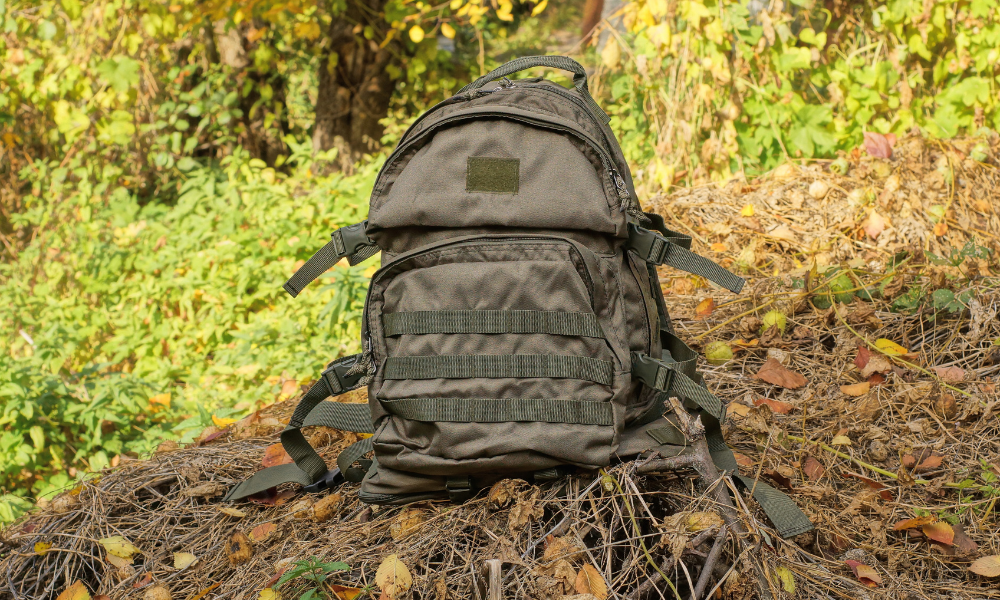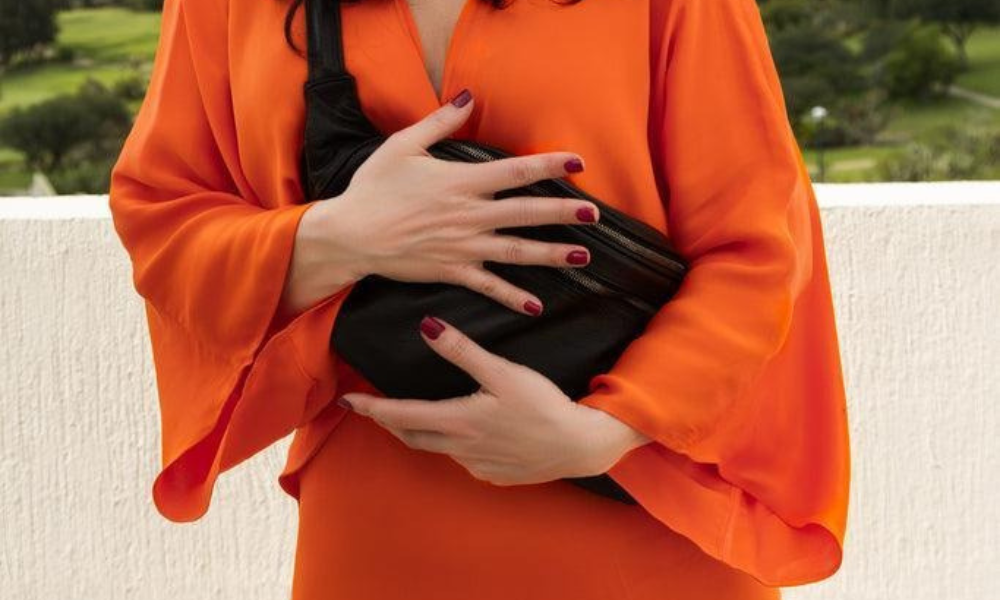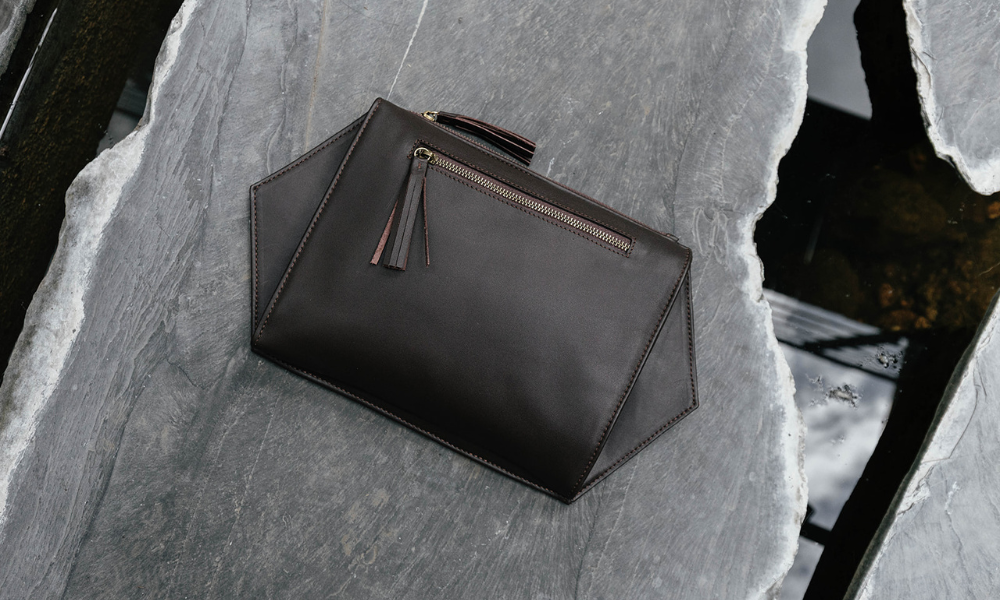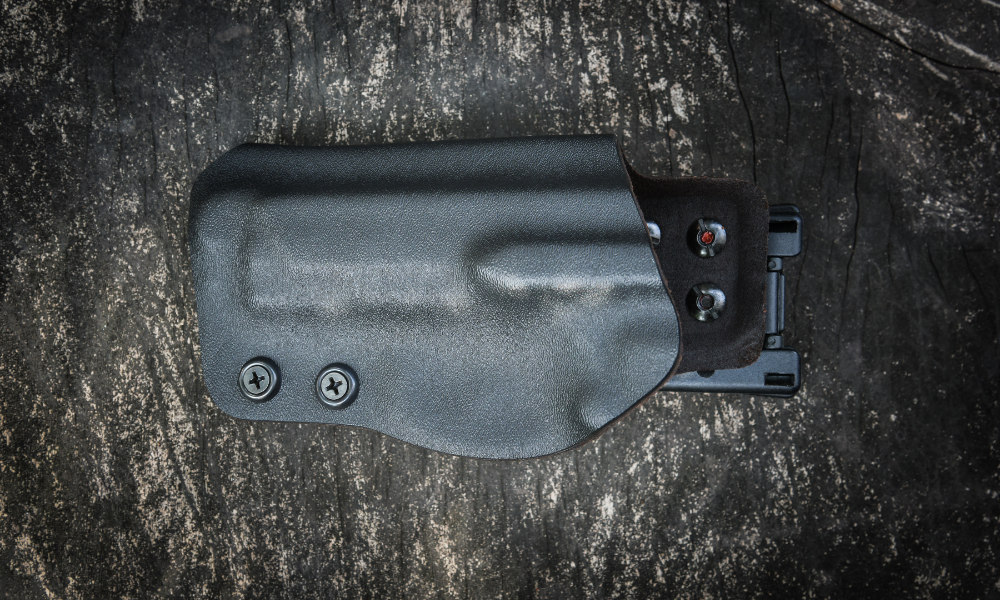For years, the term concealed carry bag brought to mind bulky tactical packs with webbing, straps, and patches. But the truth is, most people who carry don’t want to look tactical at all. They want to move through life freely—whether that’s running errands, catching a flight, or heading to dinner—without broadcasting that they’re armed.
The difference between a concealed carry bag and a tactical bag comes down to intent. Tactical bags are built for combat and range use. Concealed carry bags are built for everyday life.
1. Discretion Over Display
Tactical bags are easy to spot. Heavy nylon, MOLLE webbing, oversized patches, and rigid frames make them instantly recognizable. They signal preparedness, but they also draw attention.
A concealed carry bag takes the opposite approach. It prioritizes discretion—clean silhouettes, refined materials, and hidden compartments that never give away what’s inside. The goal isn’t to show capability, it’s to keep it private.
“A good concealed carry bag doesn’t look like it’s carrying anything but confidence,” says Julie Willis, founder of Zendira.
2. Purpose-Built Firearm Access
Tactical bags often offer universal compartments that can fit gear of all kinds. Concealed carry bags, on the other hand, feature dedicated firearm compartments engineered for smooth access and safety.
Look for details like:
-
Magnet-assisted openings that eliminate the noise and snag risk of zippers
-
Rigid trigger protection using Kydex for consistent retention
-
Ambidextrous access points so you can draw from either side
These are hallmarks of a concealed carry bag—function refined for real-world scenarios.
3. Comfort and Fit for Everyday Use
Comfort is often overlooked in tactical designs. Thick nylon straps and boxy frames are durable but not ergonomic. Concealed carry bags are intentionally shaped to follow the natural curve of the body, making them comfortable for all-day wear.
Zendira’s Saturday and Friday bags, for example, are tested for balance and fit across sizes up to 4XL. Each strap is cut-resistant, adjustable, and designed to keep the bag stable against your frame—so your draw remains consistent no matter where your day takes you.
4. Durability Without the Bulk
There’s a misconception that tactical automatically means stronger. In reality, many concealed carry bags now match or exceed tactical-grade durability using premium materials like tannery-grade leather and reinforced stitching.
Zendira’s hardware, for instance, is jewelry-grade yet tested for tension strength and long-term reliability. It’s built to last, not just to look tough.
5. Design That Blends Protection With Personal Style
The biggest difference is aesthetic. Tactical gear is utilitarian by design. Concealed carry bags can be both protective and beautiful—crafted from leathers, nylons, and trims that reflect personal style while maintaining readiness.
Zendira leads this evolution, creating pieces that feel at home everywhere from the range to the restaurant. It’s not about hiding who you are; it’s about protecting what matters without changing how you live.
FAQs
Can a tactical bag work for concealed carry?
Yes, but it’s not ideal for daily life. Tactical bags can be heavy, noisy, and draw attention in public spaces. Concealed carry bags are designed for discretion and comfort.
Do concealed carry bags compromise durability?
Not at all. High-quality concealed carry bags like Zendira’s use premium leather, reinforced stitching, and cut-resistant straps that perform as well as tactical nylon—without the bulk.
Why does magnet-assisted access matter?
Magnets eliminate fumbling, zipper jams, and unwanted noise. They allow smooth, consistent access when speed matters most.
Are concealed carry bags safe for off-body carry?
Yes, when designed correctly. Look for rigid trigger protection, a dedicated firearm compartment, and a stable holster system such as Kydex.





